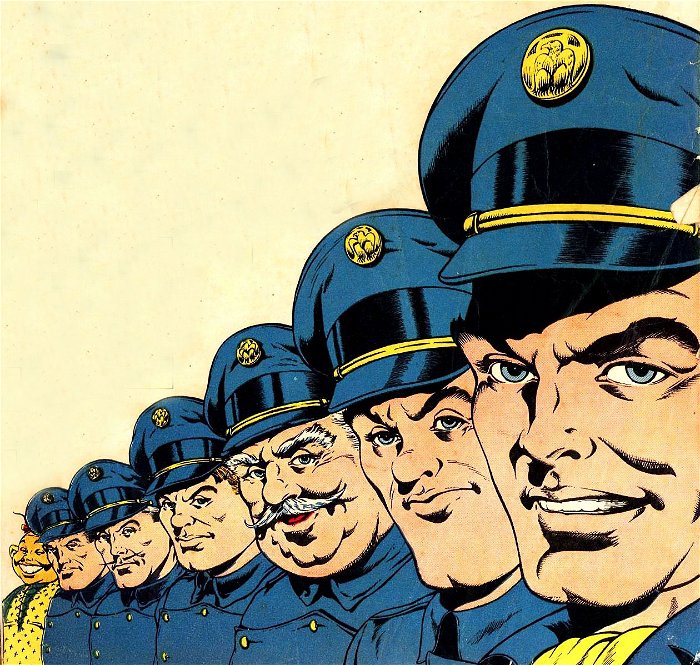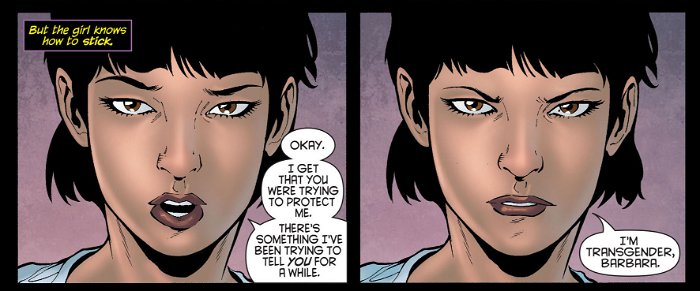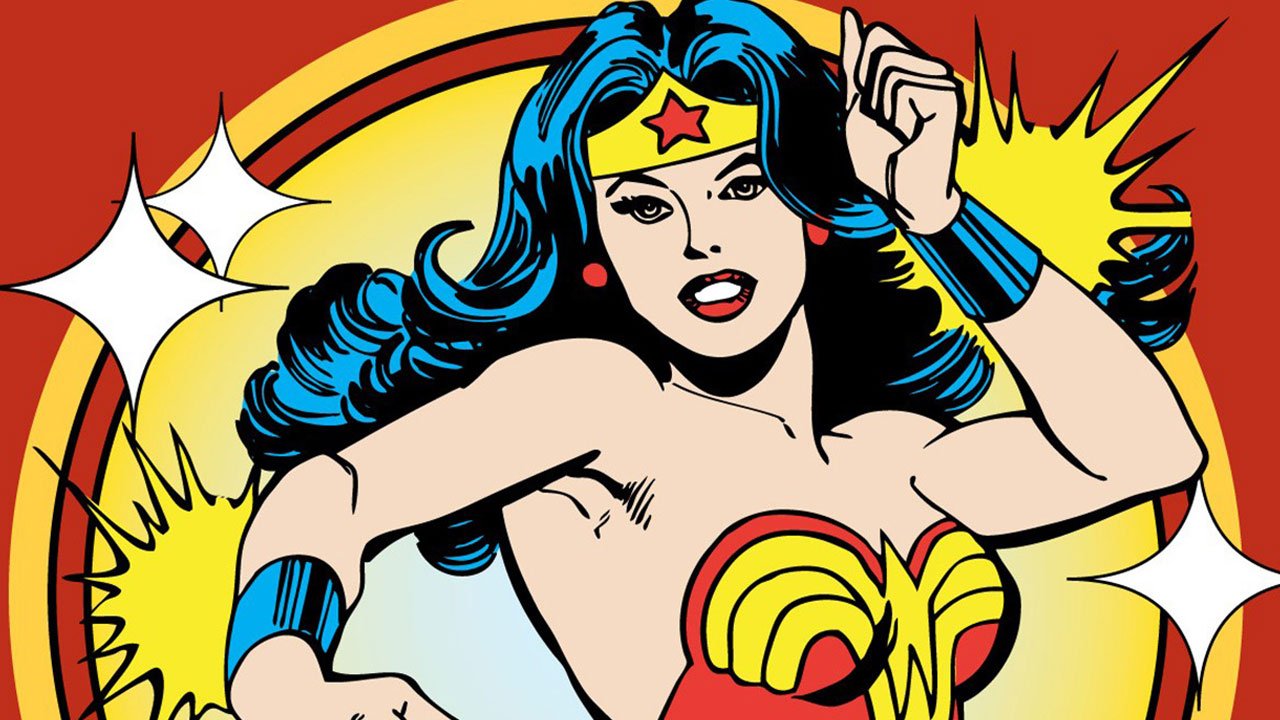Proper representation of minorities has always been a hot topic in comics. Despite the outcries of fans, white males have been the dominant characters for the majority of publications.
Comics began in the 1930s as reprints of newspaper strips that evolved into original content like comedies and romances. They were intended for children, and the majority of their audience at that time was female. Once male superheroes became more of a dominant focus in the 1940s with DC characters, women became romantic interests, damsels in distress, or tokens in super groups. Around this time, Wonder Woman was created to counter that.

The Amazon woman was strong, had many super powers and tools, and is considered to be one of the best superheroes of all time. Yet, there is still a lot of negative talk about her. Feminist groups are constantly debating if certain costumes are too sexy or her pants being not being the “traditional” superhero aesthetic or too modest. Not to mention that the only on screen time Wonder Woman got was one full length animated film straight to video, and the 70s television show. There still hasn’t been any live action adaptation, while there have been several for male characters like Batman and Superman.
Proper representation of women isn’t the only problem fans have argued for. Fans have been hoping for better portrayal of ethnicities too. There still isn’t a lot of inclusion for people of colour, although, it’s not as bad as it once was.
Wing How started off as a chauffeur for the Crimson Avenger’s Lee Travis until they both turn into crime fighters, which is when Wing becomes a sidekick. He has large teeth, speaks with an accent, and has an ill fitting costume. It wasn’t until The New 52 was released in 2011 that Wing How becomes James Wing. He’s now a young Asian American cameraman working alongside an African American version of The Crimson Avenger.

Created by Blackhawk during WWII, Chop – Chop was depicted with yellow skin, huge buck teeth, and couldn’t pronounce many English syllables. He was a chef for the Blackhawk team and wore what were considered traditional Chinese clothes. It wasn’t until the reboot in the 70s that Chop-Chop was renamed Chopper and was treated like the rest of the team and portrayed more realistically. In 1982 the company finally addressed the issue of the racist comic by better portraying the character without any stereotype except one: the outfit. The traditional Chinese clothes Chop – Chop wore was a means to determine why Chop – Chop wasn’t treated like the other members of the Blackhawks.
In order to be more inclusive, the industry is taking some of their more popular characters and changing their ethnicities. There’s now an African American Spider-Man (which has been long overdue), and the latest female to be named Ms. Marvel is a 16 year old Muslim Pakistani-American girl.
But it wasn’t just women and ethnicities. The LGBTQ community had their own alternative and underground comics. The mainstream media wasn’t portraying them very well – if at all – even in the late 20
century. The argument against LGBTQ representation was that comics were “for kids”, yet the amount of gore and violence was not for all ages. Lately, there have been a number of famous comic book characters changed or retroactively announced to be part of the LGBTQ community as a means of inclusiveness like Bat Woman and Northstar. The treatment of transgendered people in comics hasn’t been very positive either. For people who have changed their gender identity, there aren’t a lot of comics they can easily relate to. The problem with this is that for the longest time, there was no actual mention of anyone who was transgendered in comics other than the tropes. Trans tropes include being the dead victim, or a man in a woman’s clothing as a means of disguise or a joke. As of right now, the only transgendered character in DC Comics is in Batgirl as Barbara Gordon’s roommate, Alysia Yeoh.

While the industry is still working becoming more inclusive, there are some representation issues to be worked out regarding minorities. One step to fixing this would be to open the talent pool more and hire some diversity. The argument is that if more diverse writers and artists are brought in, there would be more of an accurate depiction for these different characters and more variety.




